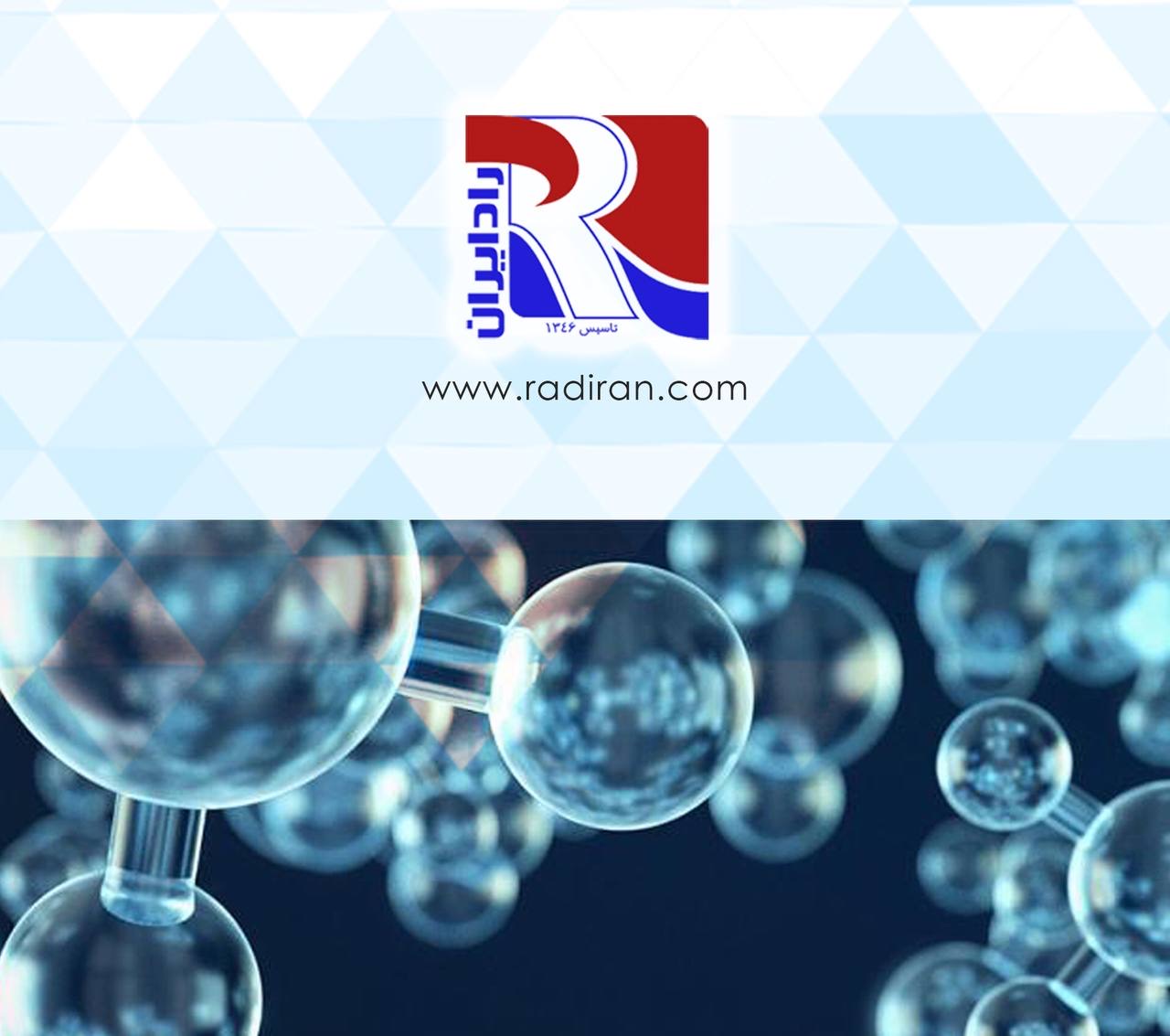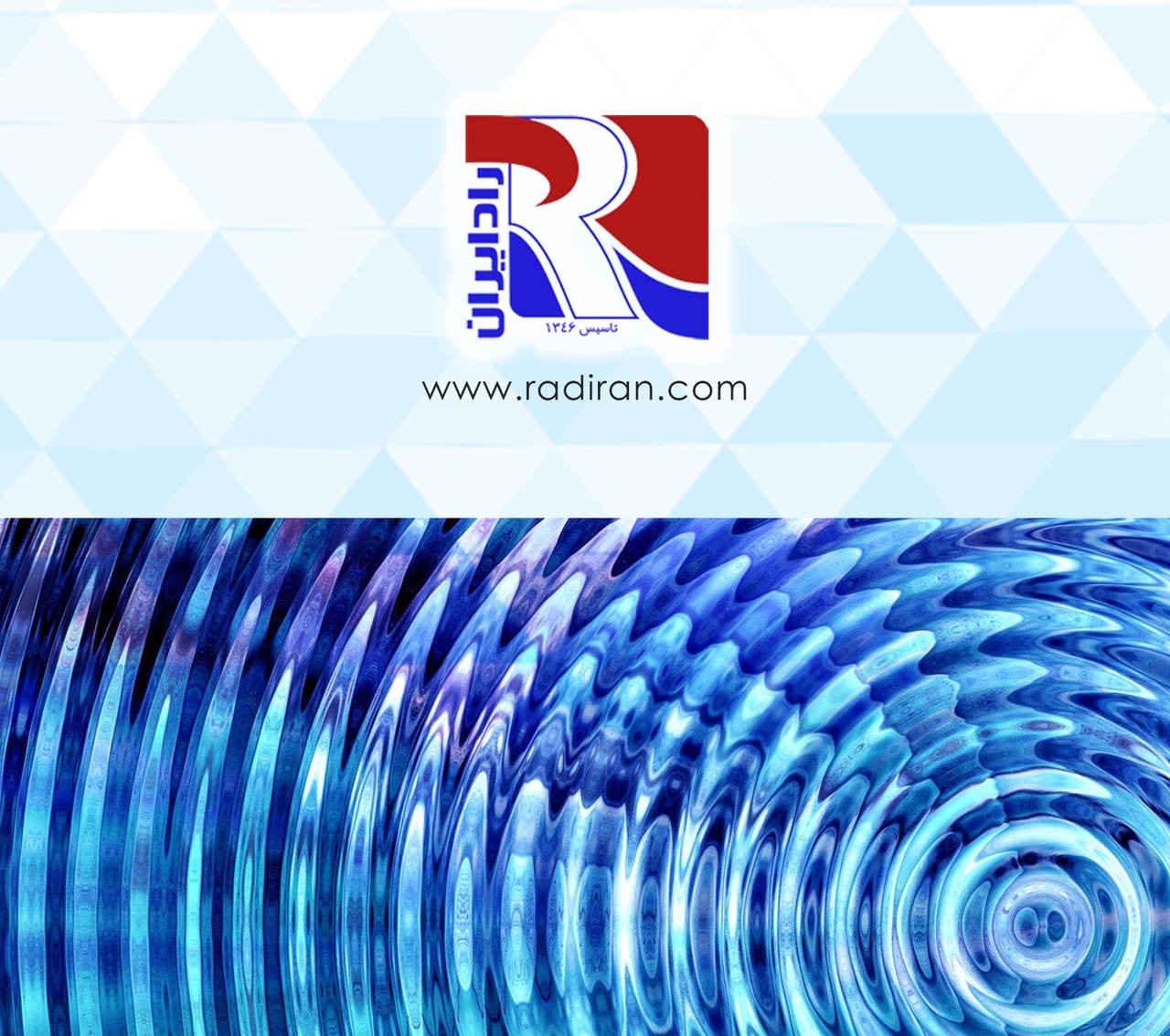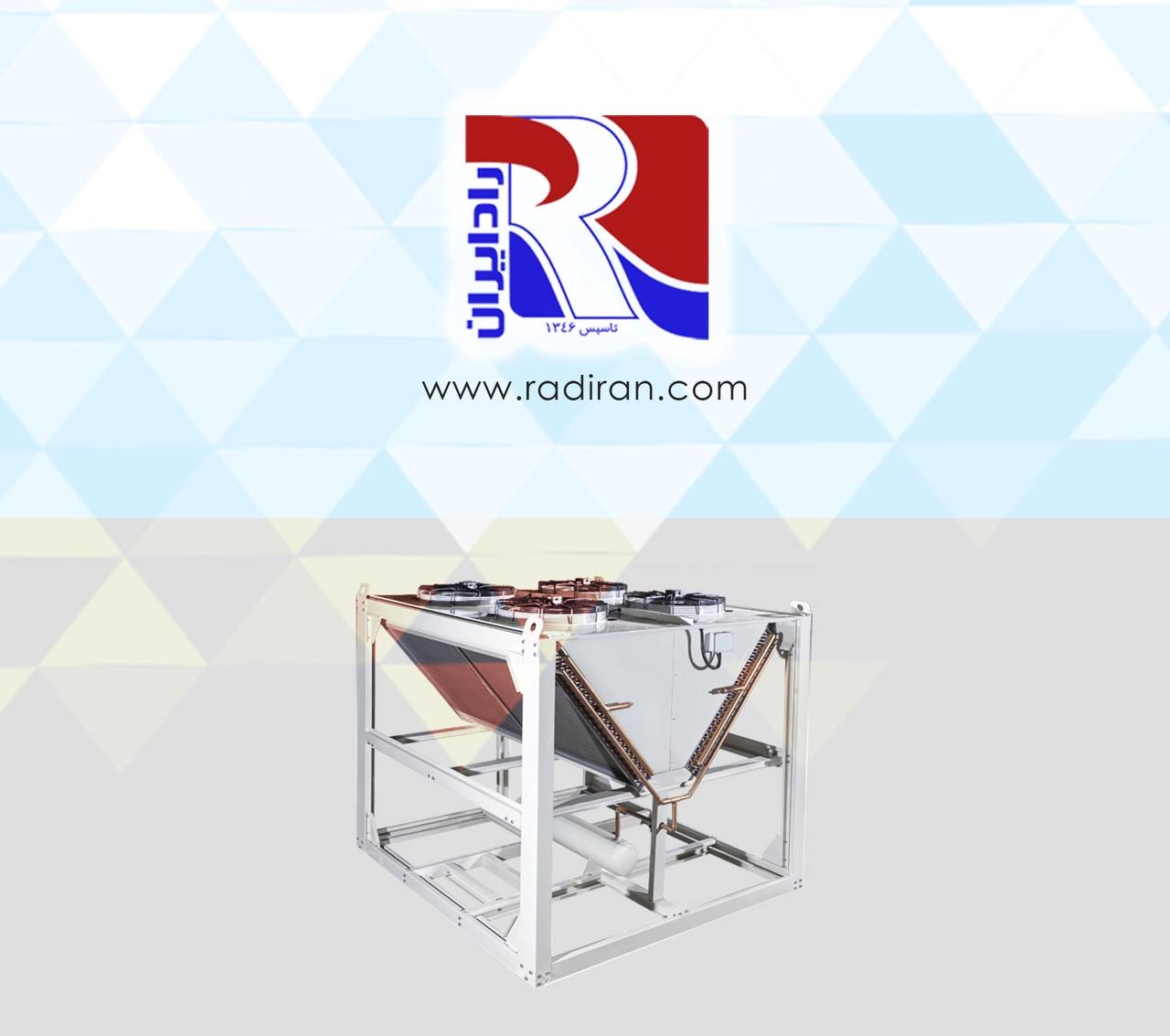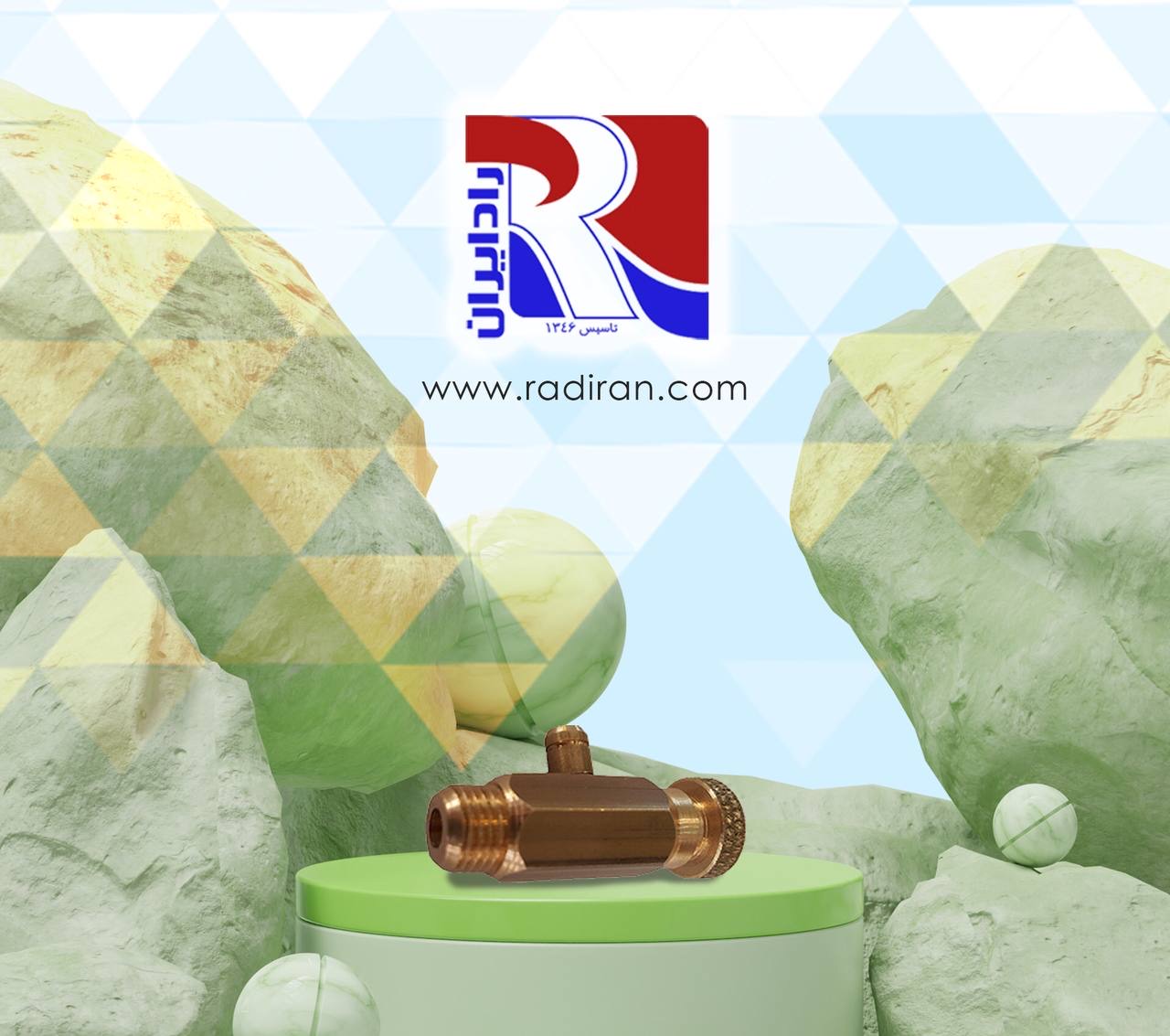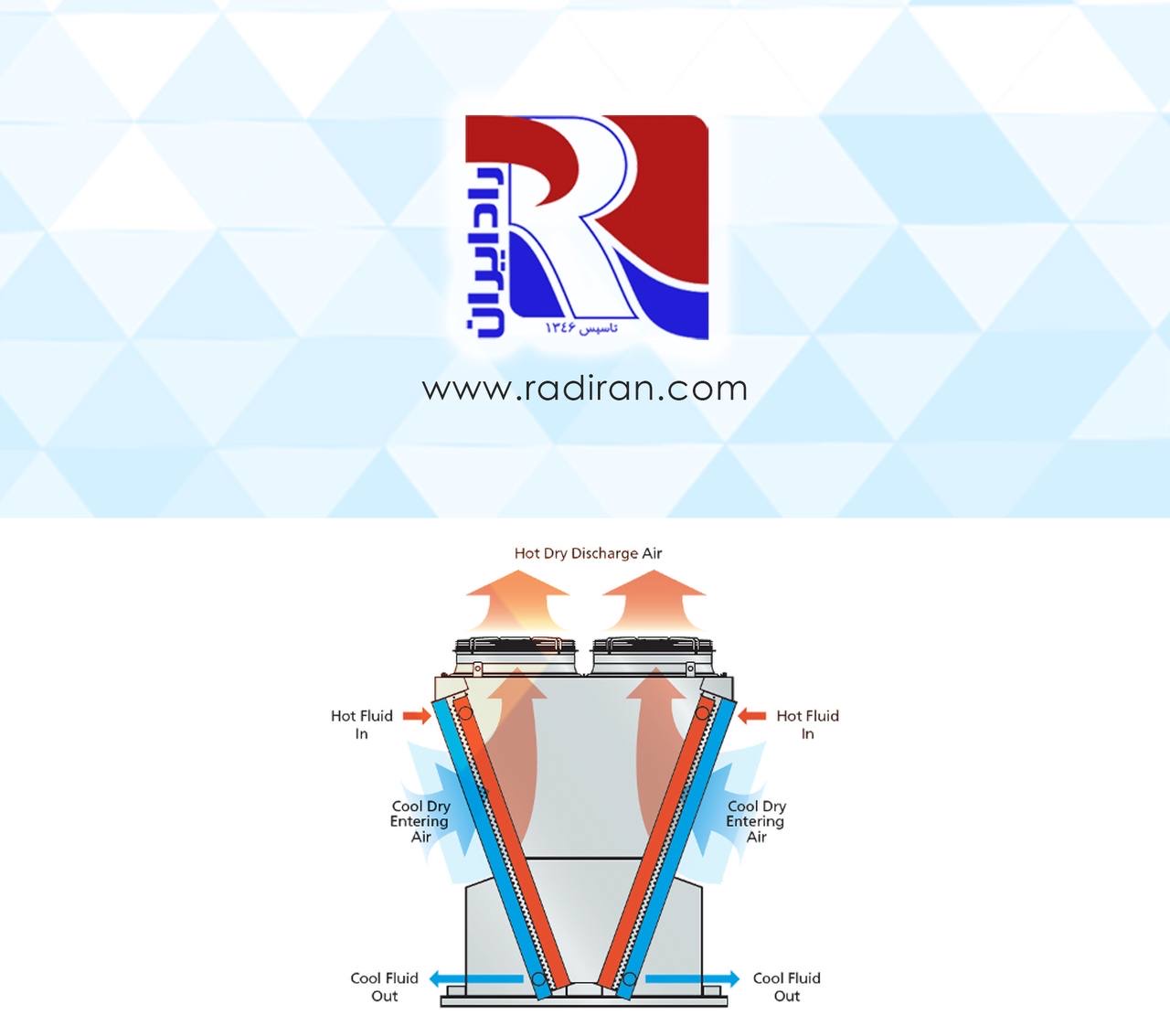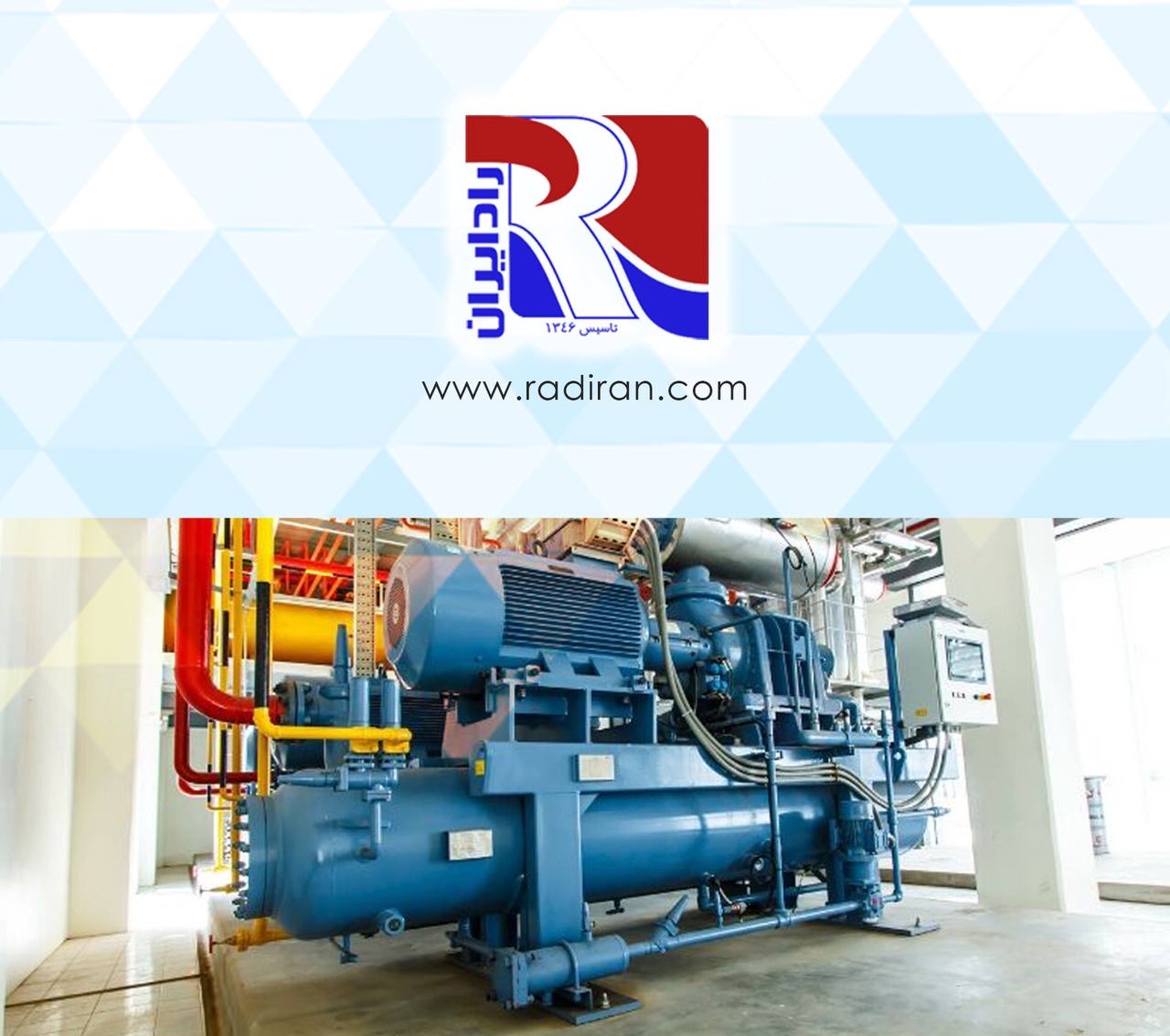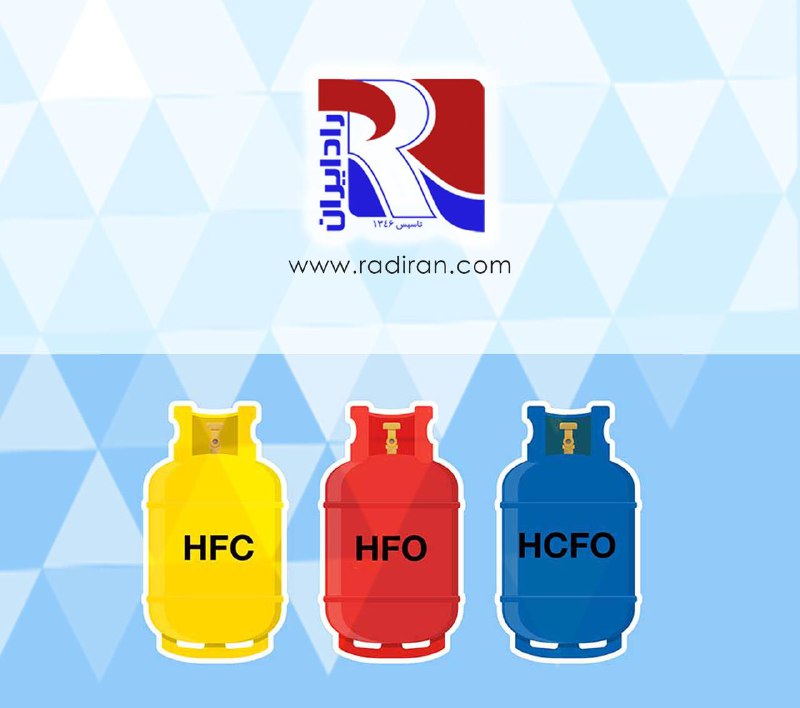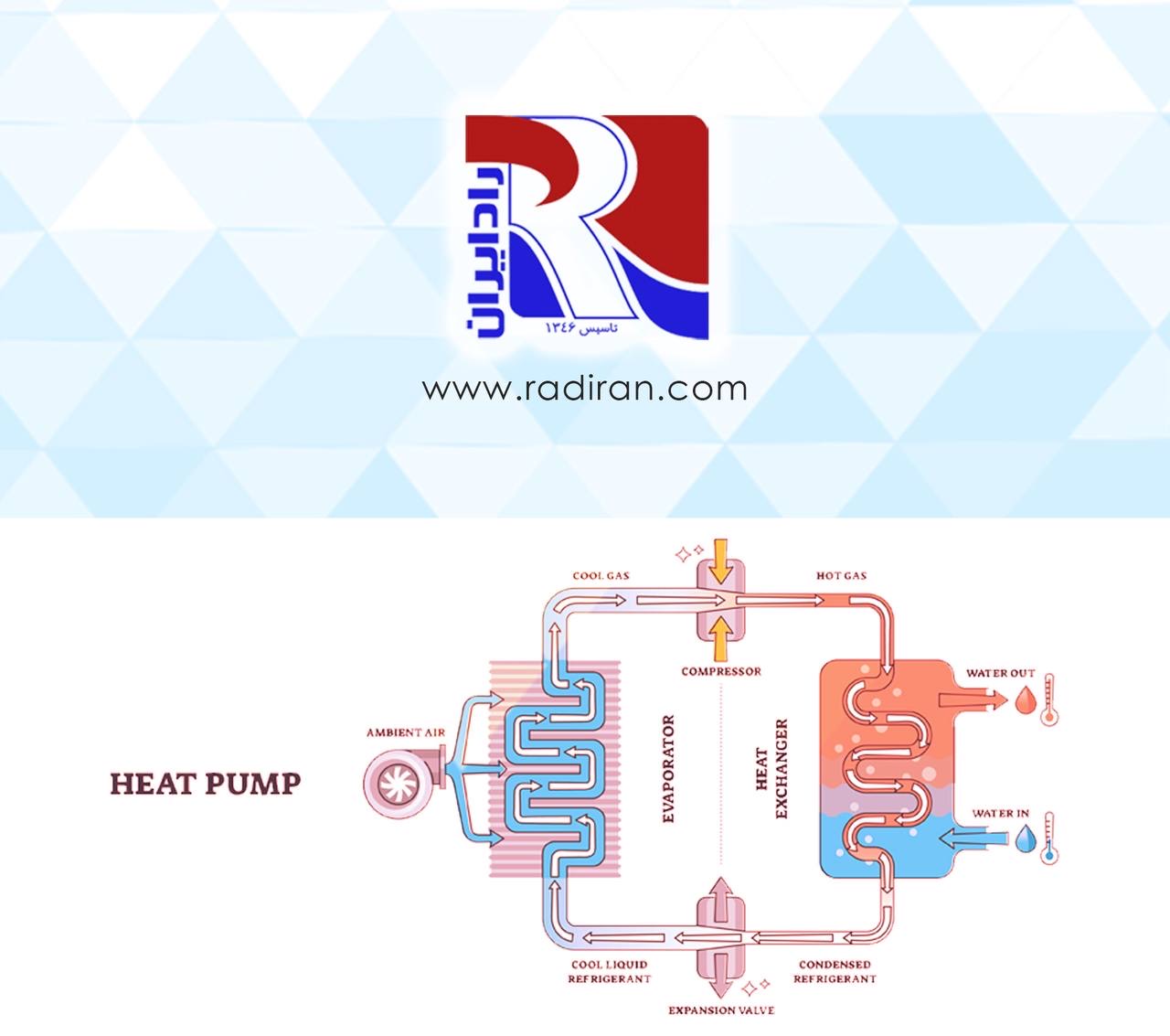The dew point and the Bubble point
The dew point on fins in fin tube coils refers to the temperature at which air becomes saturated with moisture, leading to condensation on the fins. In the context of HVAC systems, when the air passing over the fin tube coils cools down to the dew point, water vapor in the air condenses into liquid water on the coil fins. This condensation can impact the efficiency of heat exchange and may lead to issues like corrosion or microbial growth if...

